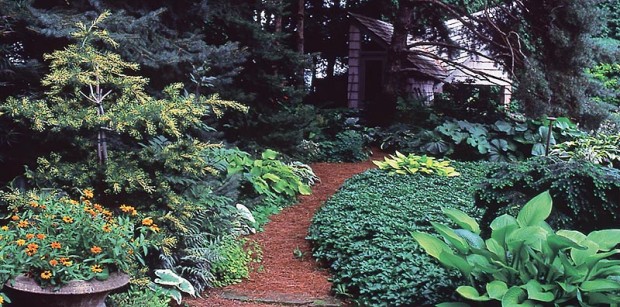
by Janet Macunovich / Photos by Steven Nikkila
Live my life in the garden, that’s what I do. Work in others’ gardens. Teach in gardens. Write about gardens. With all the time I spend there, it seems like my great revelation about making the most of garden walks would have come to me there.
Nope. It came on a horse.
My daughter wanted to go riding, but none of her friends could go. So I went. It was a pretty fall day, but a weekday. The stables were nearly deserted, and the same man who took our money and collected our insurance waivers saddled our horses and one for himself. We’d take his favorite path, he told us, the one he’d first cut through the woods ten years before.
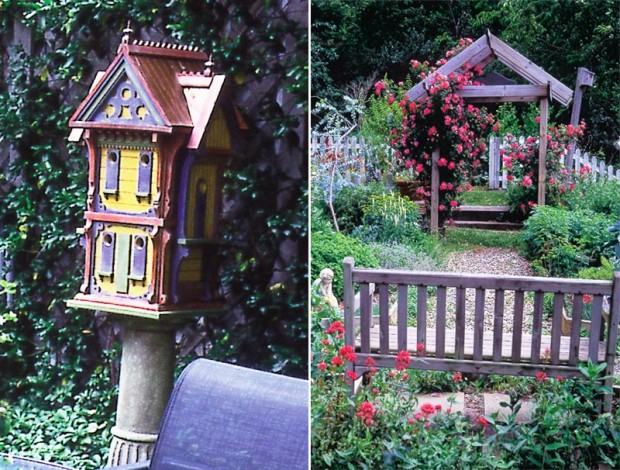
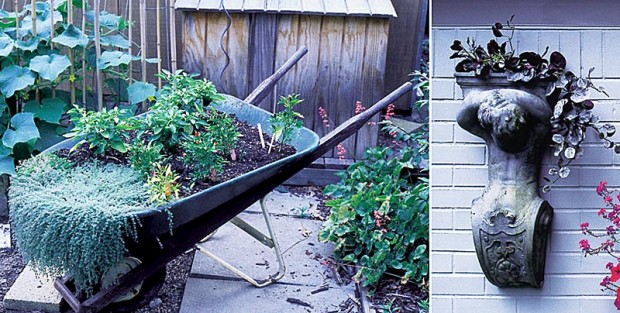
Single file behind him, we rode into those woods. Quietly at first, enjoying the colors and the sush of hooves on fallen leaves.
Then my daughter pointed out a clump of baneberry just off the trail, turning in her saddle to be sure I looked where she pointed. I saw, and we made some just-to-talk guesses about what else we’d find growing there, if we waded in.
Our guide had not even turned to look, but my daughter, ever the sociable gatekeeper in conversation, called to him. “Don’t worry. We aren’t really going to stop. Way too much poison ivy in there!”
Then, he did stop. Reined right in. “You know what poison ivy looks like?” he asked us.
“Uh, huh,” we both said. I looked at the vines scrambling over brush and along the ground, some shed of foliage, others with a red leaf or two still clinging. Vines on tree trunks alongside the path were presenting their leaves so close that our horses were surely carrying some of the oil on their coats. How could someone who rode this path every day, who dealt with the effects of poison ivy all the time—as he was now proceeding to tell us—how could he NOT know what it looked like?
So we pointed out the vines, the leaves, and some telltale characteristics of both. Pulling a gallon baggie from my jeans pocket—as a dog owner and a cutting-snitcher, I’m rarely ever without one—I covered my hand, reached out and broke off a bit of leafy vine. “Here,” I said, reversing the bag on itself, to seal vine and oil inside. “We can hang this on your bulletin board. It’ll be safe enough in the bag, and people will know exactly what to watch out for.”
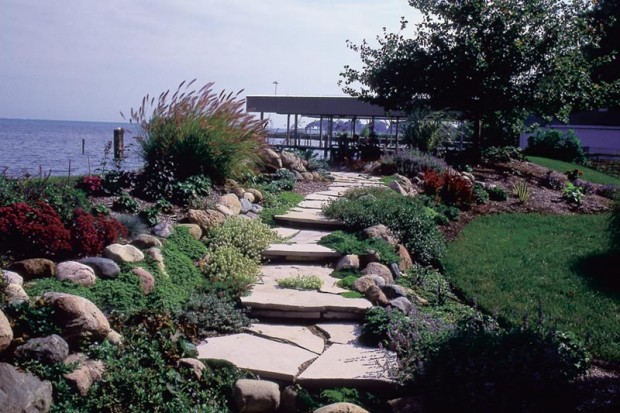
What a nice smile he gave us! So I dared to ask the burning question.
“I wonder,” I said. “I look into the woods here and the poison ivy jumps out at me. You’ve been scanning the woods as we ride, too, but you weren’t registering those vines until just now. What is it YOU see alongside this path?”
So, for an hour or so one afternoon, I looked into those woods through a horse-savvy, outdoorsman’s eyes. There was so much there I would have missed.
The butt of a large tree, sawed off nearly at ground level wouldn’t have interested me, but it made our guide chuckle. “Had to cut through that old tree twice. Once when it first cracked and leaned over the path. A second time when the horses kept shying and wouldn’t walk past the stump I left behind!”
Some tumbled rocks held another story. “I always take a good look around those big rocks because once there was a fox den up there. Those foxes, they sure take care of the mice around the barns.”
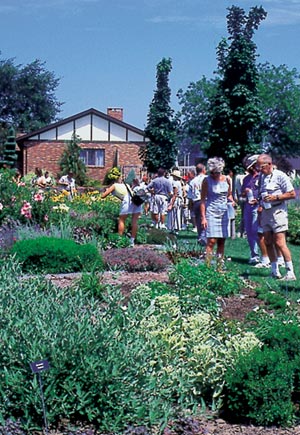
That eye-opener of a ride changed what I do before going on a garden tour.
I still make my standard preparations. That starts with admitting that no matter how impressive a plant or garden feature is when I see it, I will NOT recall its name, where someone said it came from, or even why it impressed me without a memory aid. So I round up a pencil, a pocket notebook and sometimes a camera, too. I don’t bother with pens anymore, having learned that pencils work even in the rain and graphite scribbles are legible even after something unfortunate like a dip in a water garden.
Then, I take a stroll through my own yard a day or so before the garden walk. The objective is to note my current stars—what’s in bloom or has other appeal such as great form, attractive seed pods or sweet smell. Why? Because my pre-tour perceptions will help me sift through all the beautiful things on the tour to develop a truly practical “must have right now” list.
On the tour, I consider each potential “must have” against that mental snapshot of my own yard. I don’t concentrate hard to do this, just let the visual stimulation switch on what every gardener has: great visual sense. Very quickly, the mind’s eye can tuck the item under consideration into a hundred different real spots, and critique it.
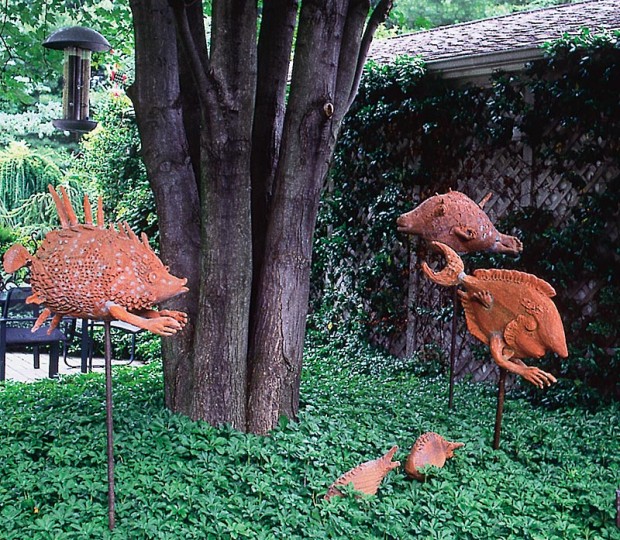
This process flags for me the things I can buy right away, even on the way home, because they can be added without rearranging a whole garden. I star those in my notes as “must have’s.” The runners-up are noted as well but not starred. I won’t make the mistake of hauling home a bunch of plants that may languish and perhaps die in their pots while I get around to moving a fence or adding a walk (those little details that can delay a planting).
Finally, I recruit a companion for these treks to peek into private gardens. Who? Anyone who would enjoy a pleasant walk who also sees differently than I do. She or he might not even be a gardener and that’s fine because what I hope they’ll bring with them, and give me a look through, is a perspective on gardens and plants flavored by a background in some field I don’t know. It might be that they travel a lot, practice embroidery, admire calligraphy, know how to jet ski or once studied astronomy. Whatever we don’t have in common, that’s what will make the day most interesting. Together, we’ll see more than we would have.
Article by Janet Macunovich and photos by Steven Nikkila, www.gardenatoz.com.
